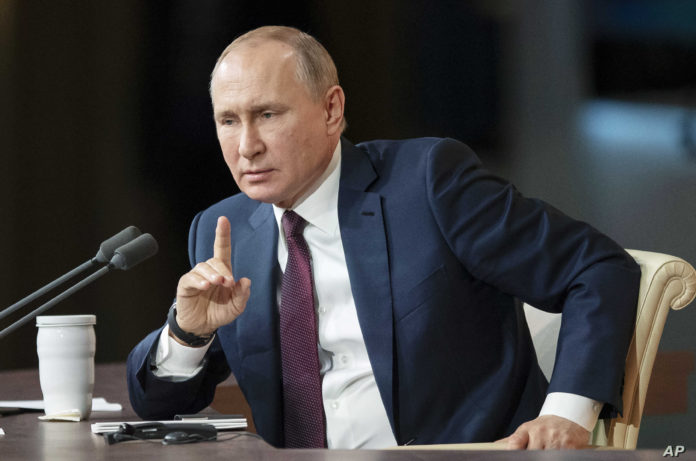
A Russian TV propagandist has threatened to send the modern day Red Army to Germany like in World War Two.
Vladimir Solovyov, known as Putin’s voice, told of sending troops thundering west across Europe to occupy the country.
The TV presenter raged about German Culture Minister Claudia Roth hinting at the famous Ukrainian defenders of Snake Island telling Russian warship to “go f*** yourself”.
Speaking from Ukraine, Roth held up a Ukrainian postage stamp marking the standoff and said repeatedly: “This is Russia ….F*** you”.
Her performance was for the benefit of her Ukrainian opposite number Oleksandr Tkachenko.
Solvoyov told his evening TV political talk show: “Do you think that after all these idiots, scoundrels, boorish and rascals in the [German] government we should talk to them about something?
“This is the German Minister of Culture who pretends to translate what’s written on a stamp.
“So, the stamp said something about a Russian warship. She told us all to F*** off.”
Solvoyov said it was impossible to speak to German ministers and indicated it was better to send Russian troops back instead.
“What do we do now?” he asked.
“Shake the dust of Teutonic graves again with the mighty march of the Soviet boot?”
Without this an “understanding will never come”, he said.
“First they send their tanks to the east, which will soon trample on Russian soil again. And now we have this one, pretending to be the Minister of Culture, of course, from the Green Party.”
The threat echoes clashes from World War Two when Nazi Germany invaded the Soviet Union under Operation Barbarossa.
But their ambitious plan to dominate the west of the country failed due to stretched supply lines, problems with manpower and the Soviet resistance.
Nazi troops began the invasion in an extremely strong position in the summer of 1941 after conquering large chunks of Europe.
Germany invaded despite signing a non aggression treaty with the Soviet Union in 1939.
The pact promised a period of military co-operation which allowed Hitler to ignore western diplomatic moves and invade Poland at the beginning of World War Two.
Soviet forces then attacked from the west and completed the subjugation and partition of the Polish state.
Its cooperation allowed Hitler to expand his plans for European domination.
But peace with Russia did not last, with Hitler wanting to see Germany expand further east and gain more ‘living space’ for the nation.
The dictator drew up plans to invade and replace what he considered Stalin’s ‘Jewish Bolshevist’ regime with Nazism.
Hitler ordered to invade the Soviet Union in December 1940 as part of his plan for ‘Germanisation’ and stormed the country some months later.
The army planned to advance towards northern Russia to a port on the Caspian Sea and bring most of the Soviet population and its economical potential under German control.
But its failure to beat Soviet troops marked a crucial turning point in the war and eventually led to its defeat.
Soviet artillery resisted and began pushing German troops back into Europe, eventually attacking Berlin in April 1945.
The Soviet Army began shelling the German capital and did not stop until the city surrendered.
